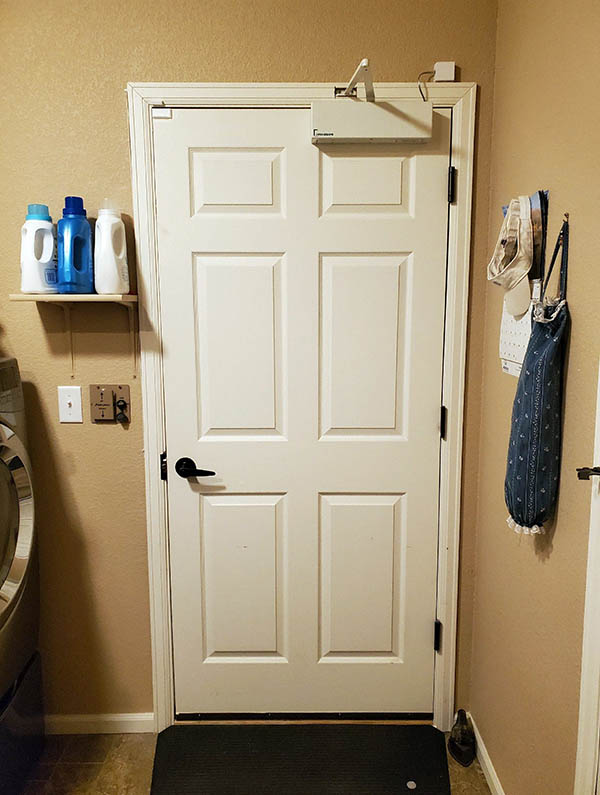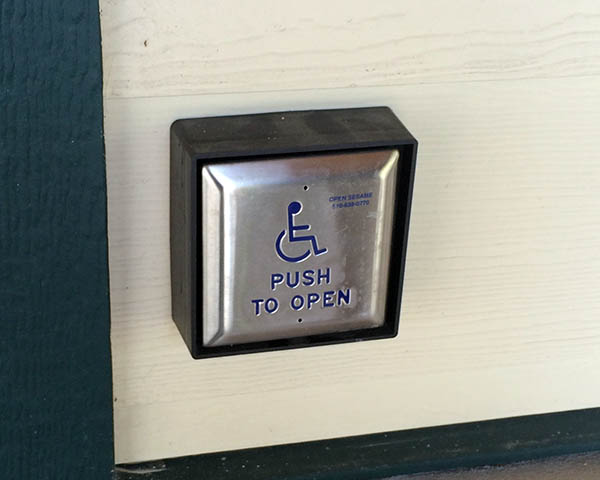
An automatic door opener for a home is a device that can bring a disabled person, and anyone really, much joy and can flat out make life easier. They’re everywhere in public, and they are also quite common in homes, too.
The residential handicap door openers can be easily triggered with the push of button on the wall or with a handheld remote. For people with more serious physical disabilities, they can be triggered with a puff of air from one’s lips. How cool is that?
What is an automatic door opener?
Automatic door openers are among the most essential home accessibility and mobility aids. They are powered by electricity and the motor swings a door open with ease following some sort of trigger from the user.
The most common places automatic door openers are installed are at the entrance/exit of a home. They can be installed at the main door, or a door from a garage. Installations can even be done inside of a home wherever accessibility into and out of rooms is needed.
How much does an automatic door opener for a home cost?

One residential automatic door opener costs around the $3,000 range, pre-tax. As a general contractor, we can tell you that the actual cost of an automatic door opener will depend on a number of factors, such as:
- The width of the doorway and if it needs to be widened.
- The desired features, like if a remote is preferred or does it need to be custom fitted for someone with a more serious physical disability.
- The number of remotes or wall switches required.
- The brand and model.
- The number of units required.
There are certainly plenty of economic handicap door openers available for sale for the DIYers. We caution safety and quality when making a decision, and to consider the well being of the end user that will rely on this equipment for day-to-day living.
